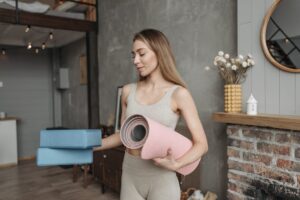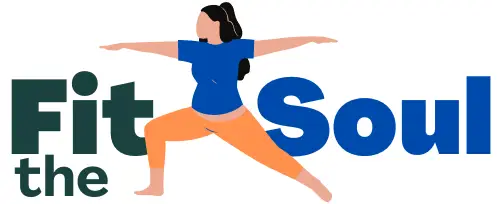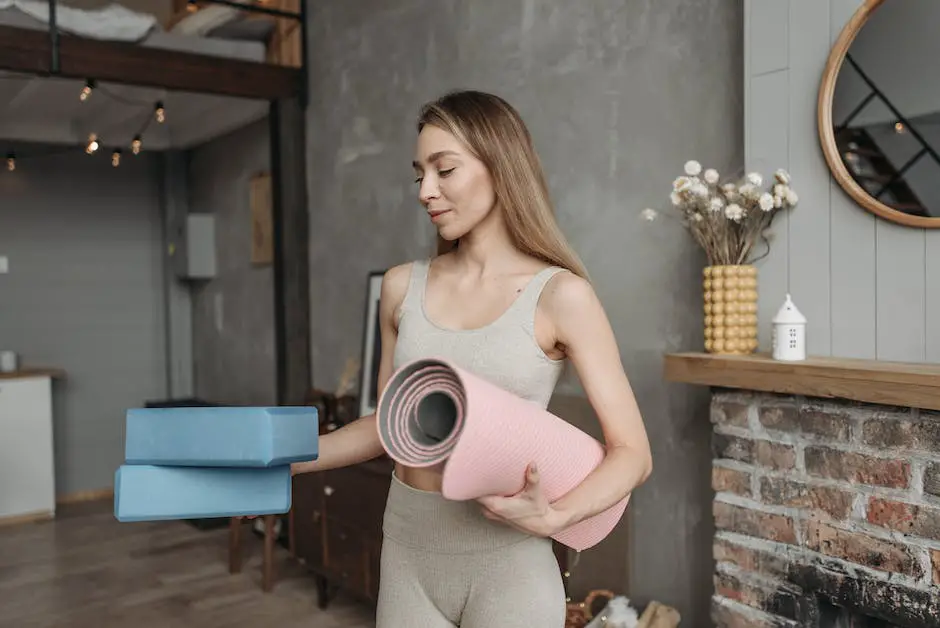How Many Yoga Blocks Do I Need: A Comprehensive Guide

Are you new to the world of Yoga Asana and wondering how many yoga blocks you need? Yoga blocks are versatile props that can greatly enhance your practice, providing support, stability, and alignment assistance. Whether you’re a beginner or an experienced yogi, understanding the right number of yoga blocks to use can make a significant difference in your practice. In this guide, we’ll break down the factors that influence the number of yoga blocks you might require and offer practical advice for choosing the right amount.
Understanding the Purpose of Yoga Blocks
Yoga blocks are used to bring the floor closer to you and help maintain proper alignment, balance, and stability. They can also cultivate strength and flexibility. For instance, placing a yoga block beneath your hand in half moon pose can provide a sturdy foundation, consequently preventing potential injuries. Additionally, yoga blocks can help in easing discomfort – if your hands can’t comfortably reach the floor in forward bends, a yoga block can ease the tension in your hamstrings and lower back.
Factors to Consider
- Experience Level: If you’re a beginner, start with two blocks. More advanced practitioners might only need one or none.
- Flexibility: Individuals with limited flexibility might benefit from using more blocks to ease into poses comfortably.
- Pose Modifications: Certain poses may require different block configurations to achieve the intended benefits.
- Personal Comfort: Listen to your body. Use blocks to support poses that feel challenging or uncomfortable.
Choosing the Right Number of Blocks
Beginner Yogi
If you’re new to yoga, having two blocks is recommended. These blocks can be used to provide support during standing poses, help with balance, and reduce strain on muscles that aren’t yet accustomed to the poses.
Intermediate Practitioner
As you gain experience and flexibility, you might find that one block is sufficient. This block can be used in various ways, such as for hip support in seated poses or to bring the ground closer in standing poses.
Advanced Yogi
Experienced yogis may not need to use blocks regularly. However, having one block on hand can still be beneficial for those moments when you want to deepen a stretch or explore a more challenging variation of a pose.
Instances When One Yoga Block is Sufficient
There are numerous yoga poses where one yoga block is sufficient. For example, single-block poses can include the bridge pose, supported warrior three, and triangle pose. In a triangle pose, place the block on the outside of your front ankle and try to touch it. This helps keep the body in alignment.
When More Yoga Blocks are Needed
In some poses or with certain body requirements, two or more yoga blocks can be beneficial. In a split pose, for example, you may need two blocks to support your hands if they cannot reach the floor. Multiple blocks can be helpful in seated forward fold pose or seated twist pose, too. Place two blocks beneath your seat bones if there is discomfort in your lower back or hamstrings, or use them to deepen the twist. Four blocks can be used in poses like a reclined hero pose to support the back and the legs.
Considering Your Body’s Needs and Abilities
Remember that yoga is non-competitive and highly individual. What works for one person may not work for another. The number and placement of blocks you use should be dictated by your comfort, your body’s unique needs and abilities, and the specific yoga pose. You can always add more blocks or remove them as you progress in your yoga journey.
Block Placement for Common Poses
Downward-Facing Dog
For practitioners with tight hamstrings, using two blocks under your hands can ease the stretch and help maintain a straight spine.
Triangle Pose
Placing a block on the ground next to your front foot can provide support for your hand, allowing you to focus on lengthening your torso.
Read More About: 11 Yoga Poses You Can Do With Yoga Blocks
Experiment and Listen to Your Body
Yoga is a personal journey, and there’s no one-size-fits-all answer to how many blocks you should use. Feel free to experiment with different block configurations and observe how they affect your practice.
Using yoga blocks is about safety and making yoga poses accessible to everyone, no matter their flexibility level or previous yoga experience. If using yoga blocks can help improve your posture and ease discomfort, then they are a worthy addition to your yoga practice.
Also Read: Alternatives To Yoga Blocks
Conclusion
From the complexities of different yoga poses to the value of assessing your personal strengths and needs, there’s no doubt that yoga blocks can play a vital role in your practice. They offer support, balance, and help with alignment, making every session more effective and comfortable.
With their versatile nature, these blocks cater to both beginners and experienced individuals alike. So, irrespective of where you stand in your yoga journey, equipping yourself with the right knowledge about yoga blocks will surely pave the way for a safer, better, and more fulfilling practice.

